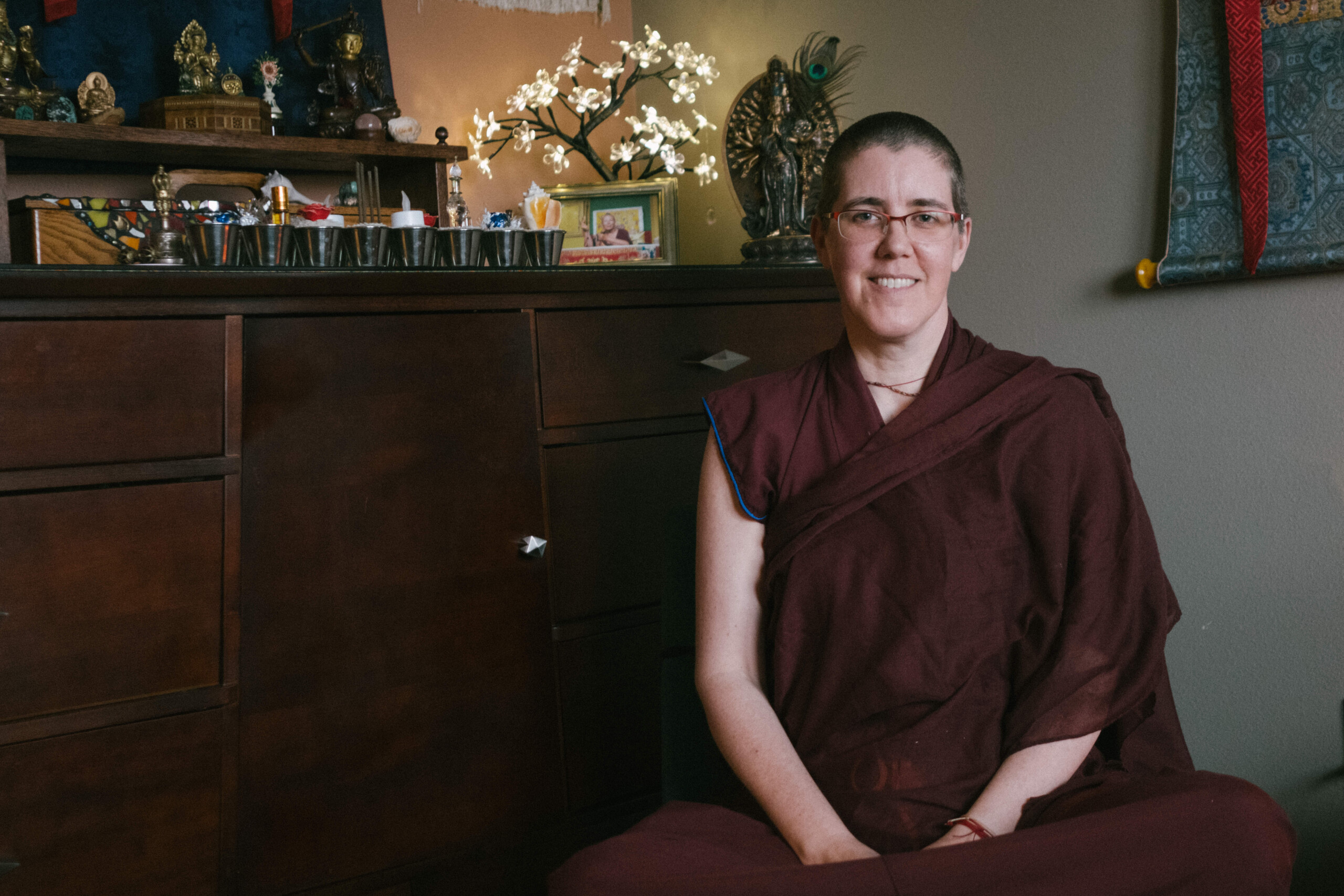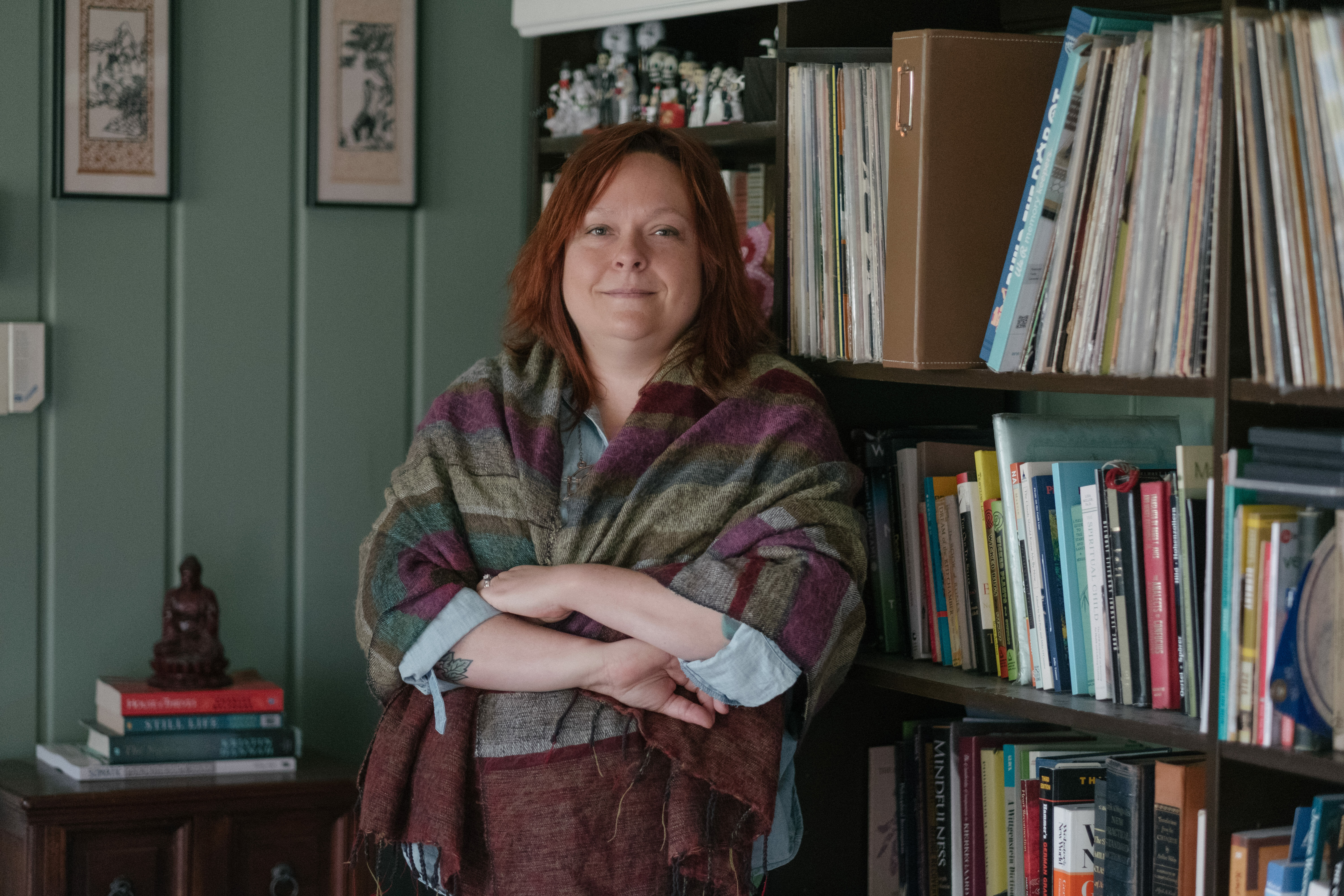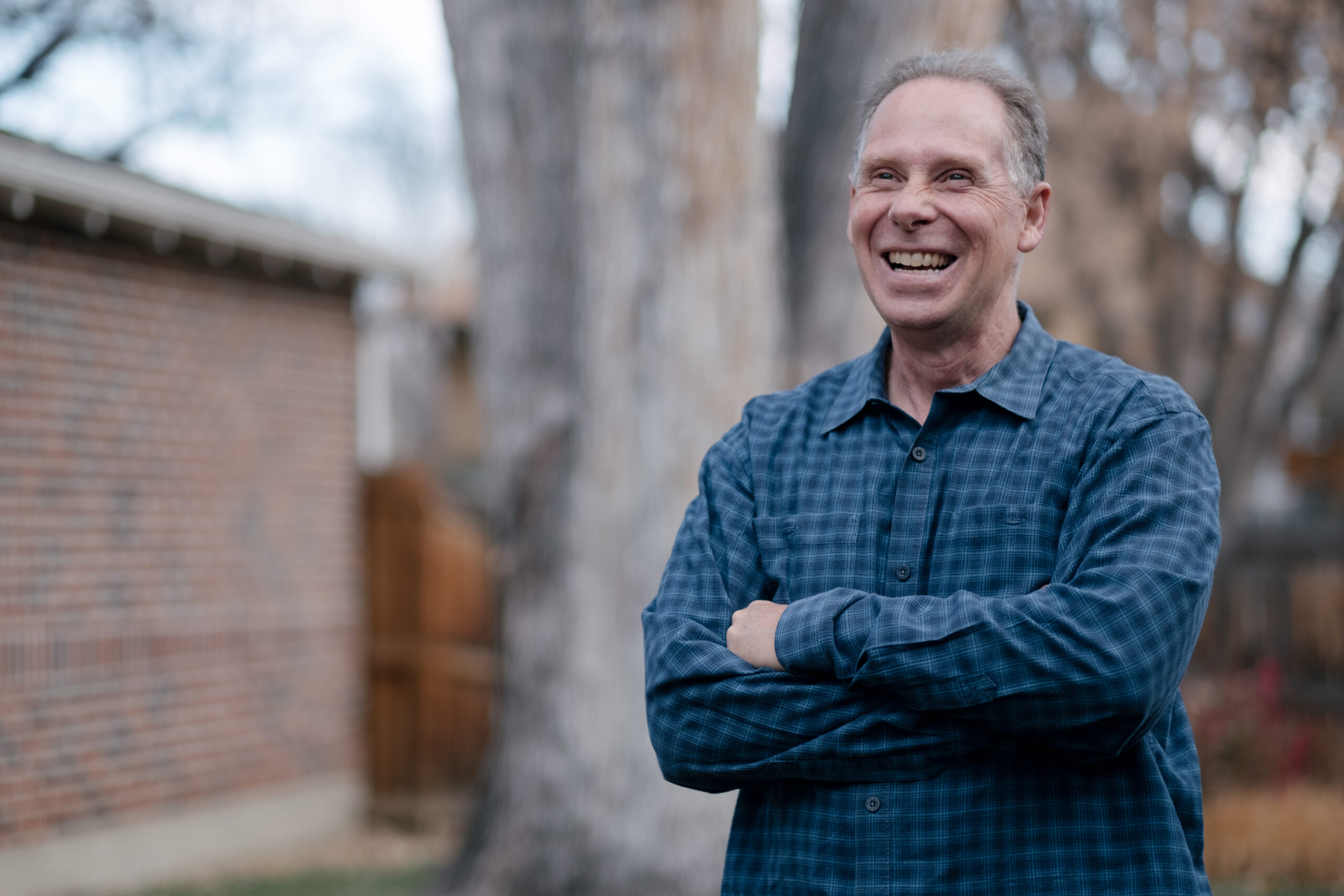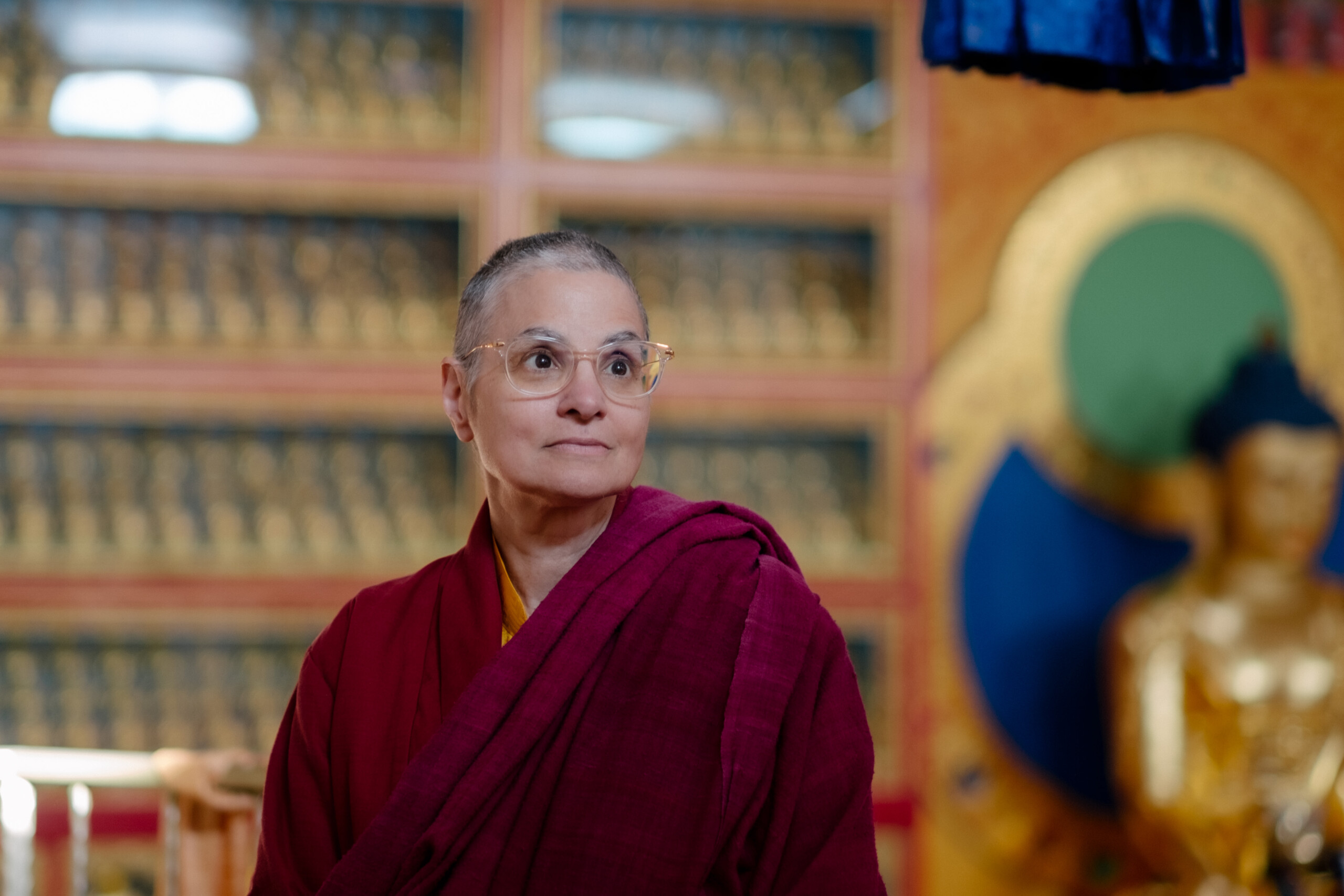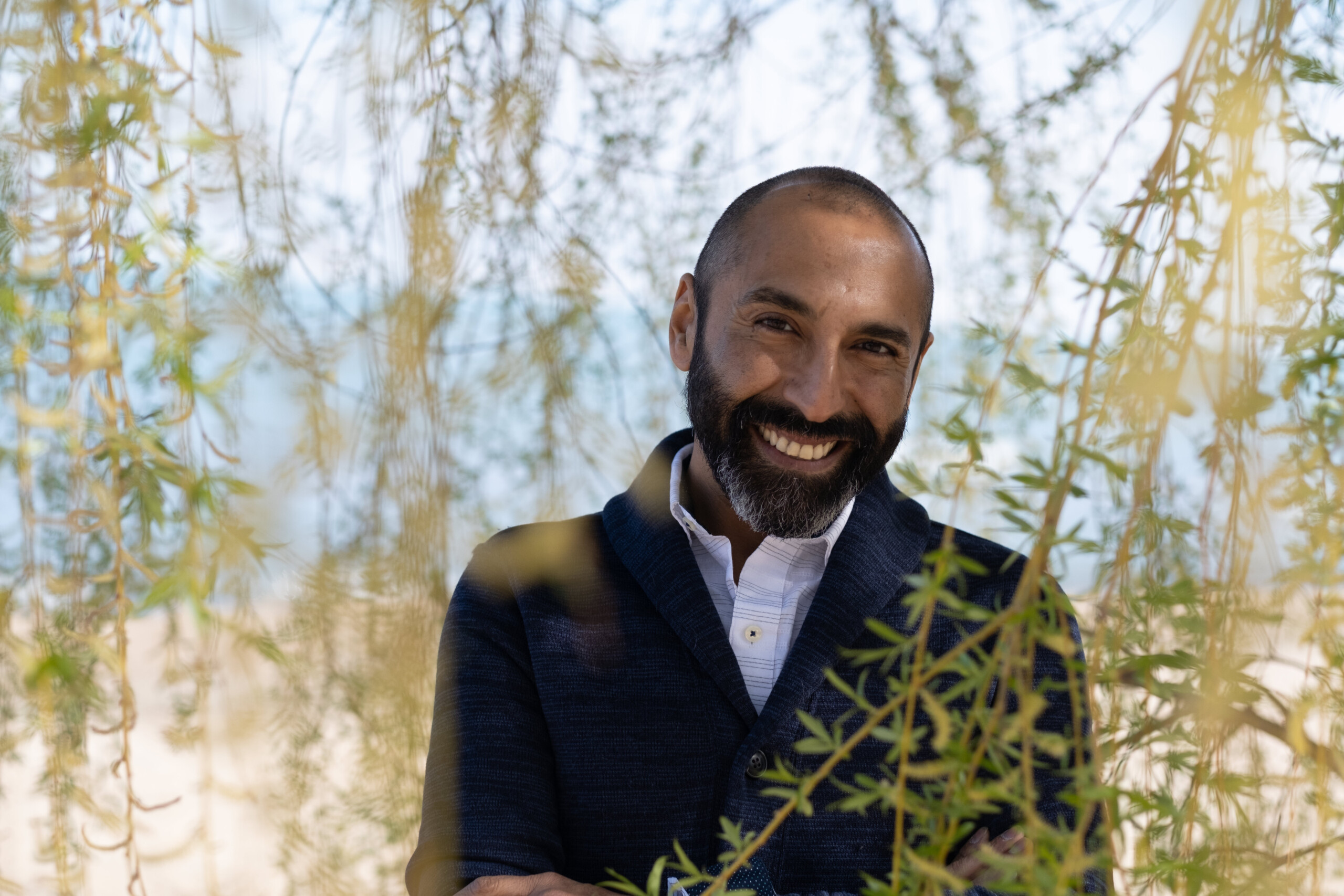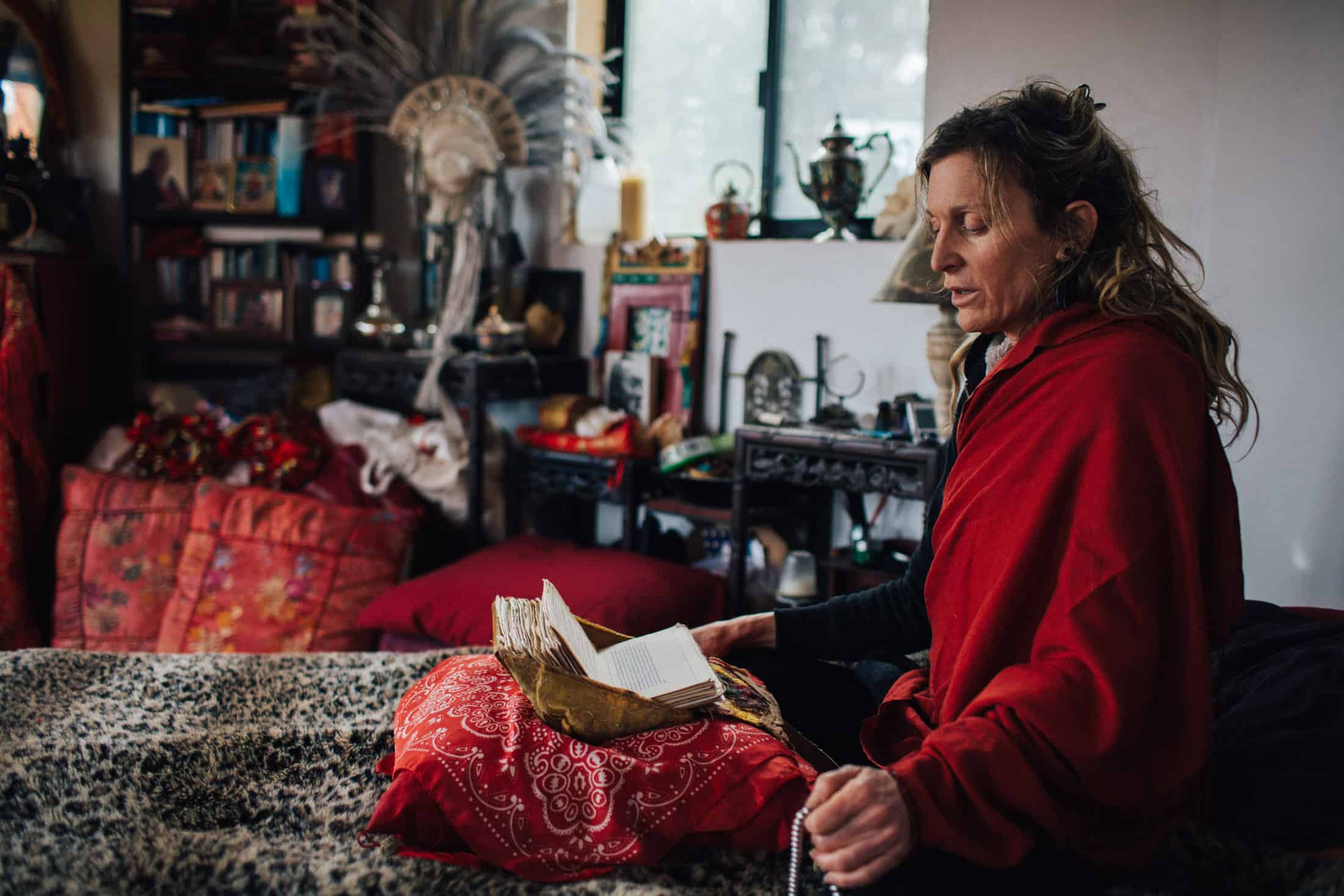Advancing on the path
As one progresses further on the path, the potential for transformation expands both in nature and acceleration. While the practice may yield personal benefits, the essence of the Buddhist path transcends individual achievements. Deepening the practice extends into various aspects of life, from personal relationships to its integration into our professional endeavors. Whether through annual commitments to retreats or establishing a more ‘formal’ relationship with a teacher, the exploration of options offers diverse ways to hasten the transformation process. Recognizing the preciousness of human life and the finite nature of time, employing skillful means to accelerate our transformation for the benefit of others becomes the cornerstone of a robust Buddhist practice.
Deepening
In contemporary times, the entry point into Buddhism has become remarkably diverse compared to its initial introduction to the West. While the intellectual allure of Buddhism has attracted many armchair enthusiasts, the true power of Buddhism lies in its practice. Taking refuge in the three jewels of Buddhism doesn’t necessitate exclusivity from other traditions. However, it’s through deeper exploration that the richness of the practice unfolds.
Learn how people deepen their practice.

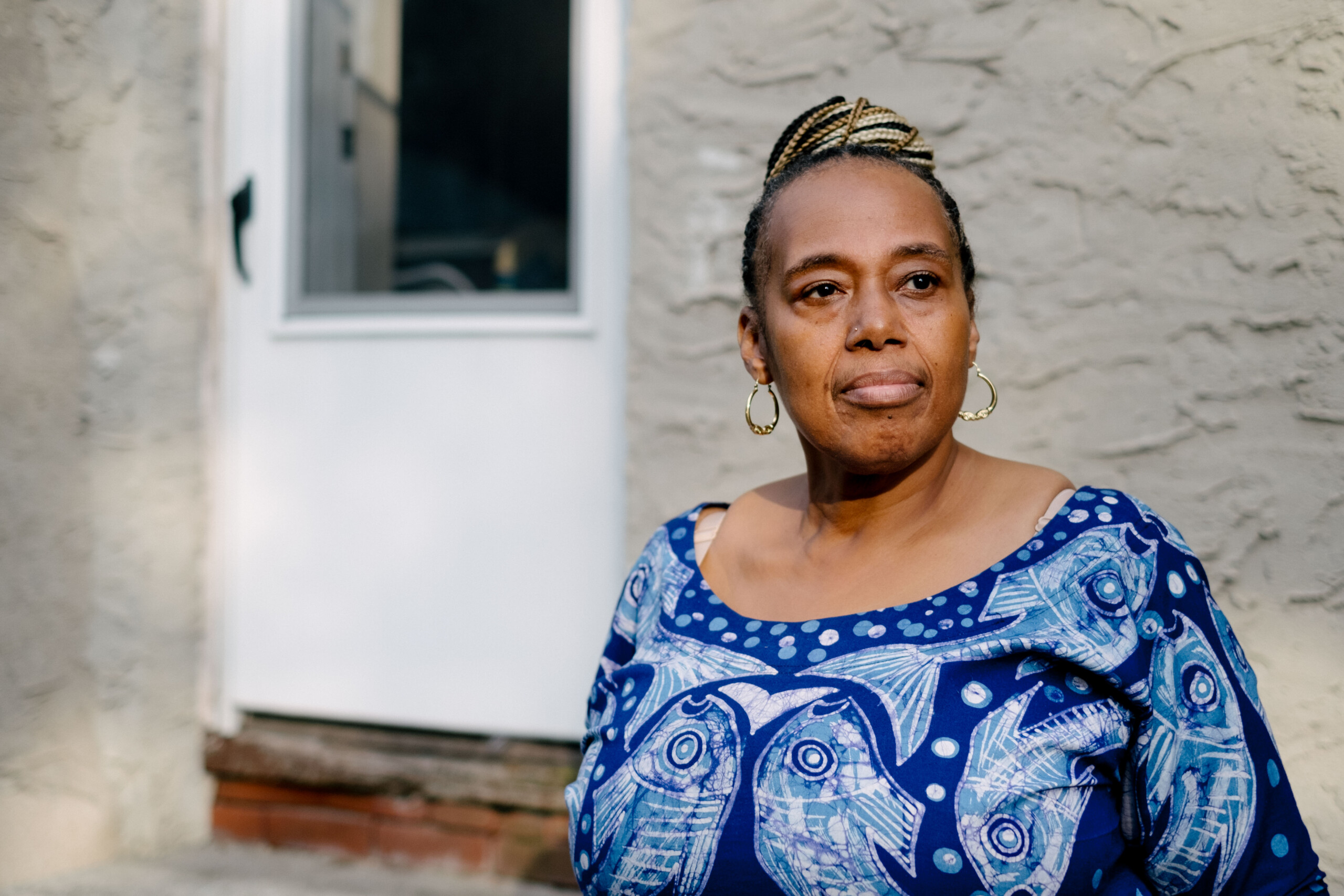
Other Practices
The depth of Buddhist practices surpasses mere meditation, encompassing a spectrum of activities from chanting to visualization. This diverse range of practices serves as a means to cultivate the qualities of wisdom and compassion, offering varied approaches tailored to the unique needs and preferences of individuals.
Learn about the diversity of other practices.
Integration
The proof of the practice extends beyond mere peace or intellectual realizations; it manifests in the way it is embodied in our daily experiences. Whether it’s the routine task of washing dishes or seamlessly integrating the practice into the professional workplace, its vitality becomes evident in our interactions with others. The essence of the practice comes to life in the nuanced and practical application within the fabric of our everyday lives.
Learn how the practice is integrated into daily life.

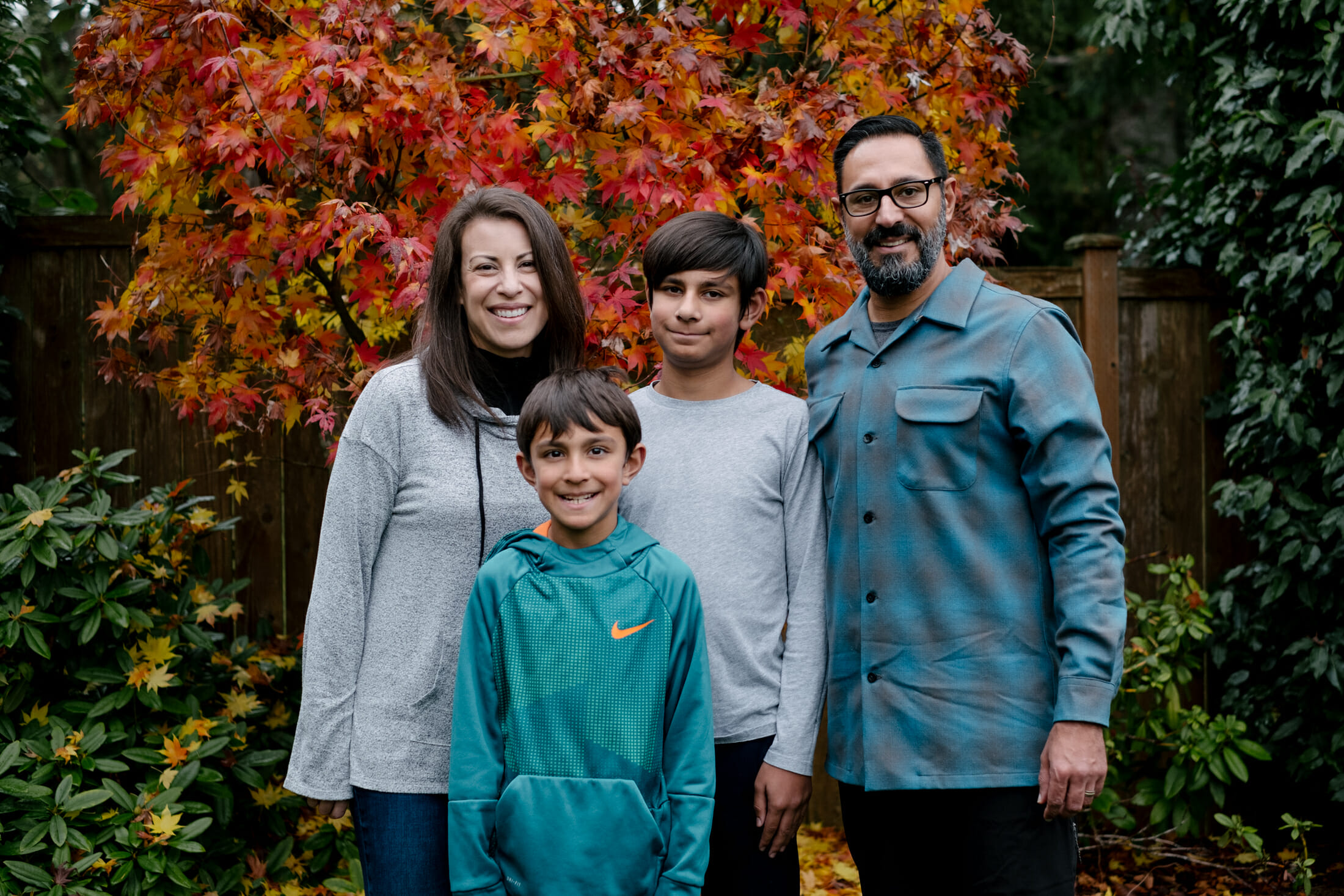
Relationships
With the central tenet of nurturing wisdom and compassion within ourselves to benefit all others, it’s evident that the transformation of practitioners’ relationships takes center stage. As our spiritual maturity evolves, the quality of our relationships becomes a reflective mirror to that maturity.
Learn about the impact on relationships.
Personal Adversity
In addition to influencing our interpersonal relationships, the potency of teachings and practice manifests in how we navigate personal adversity. Whether grappling with addictions or facing the challenges of cancer, the transformative impact of the practice on such intense forms of suffering becomes a testament to our spiritual maturity.
Learn about how people manage personal adversities.


Role of Teachers
The role of the teacher remains a highly debated subject in Western Buddhism. The influence of power structures and capitalist motivations has understandably led to a diminished perception of this role. However, it remains a topic worthy of exploration, particularly when contemplating the pace of our spiritual maturation and navigating the subtleties of the ego within the context of spiritual practice.
Learn about their role from the student’s perspective or what they have to say on the subject.
Fruit of Practice
Profound transformations in lay practitioners may not always be overtly witnessed or discussed, yet they undeniably exist. Many individuals, while remaining modest about their spiritual maturity, occasionally reveal the depth of their transformation through the quiet confidence they exude.
Learn about what spiritual maturity may look like.
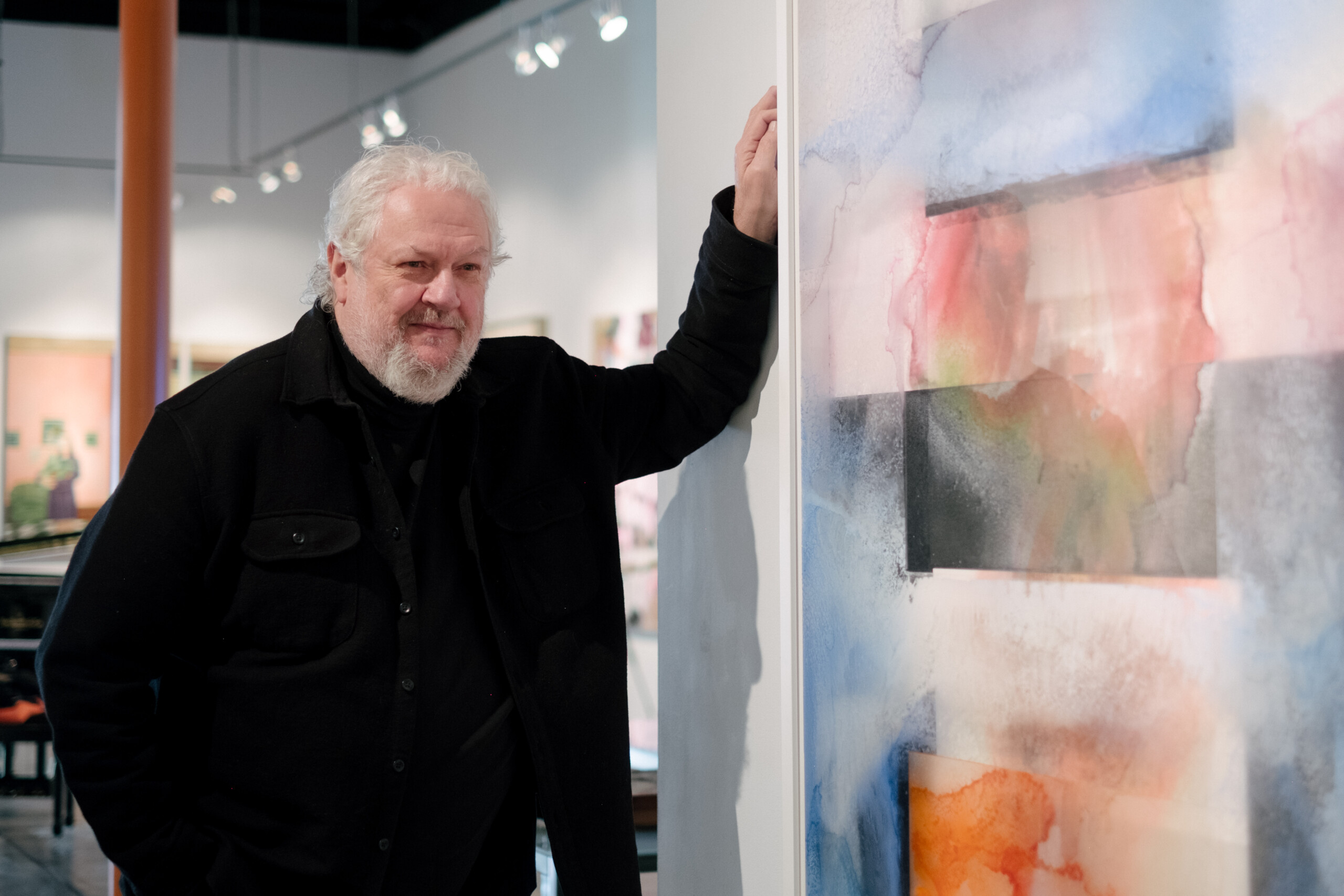
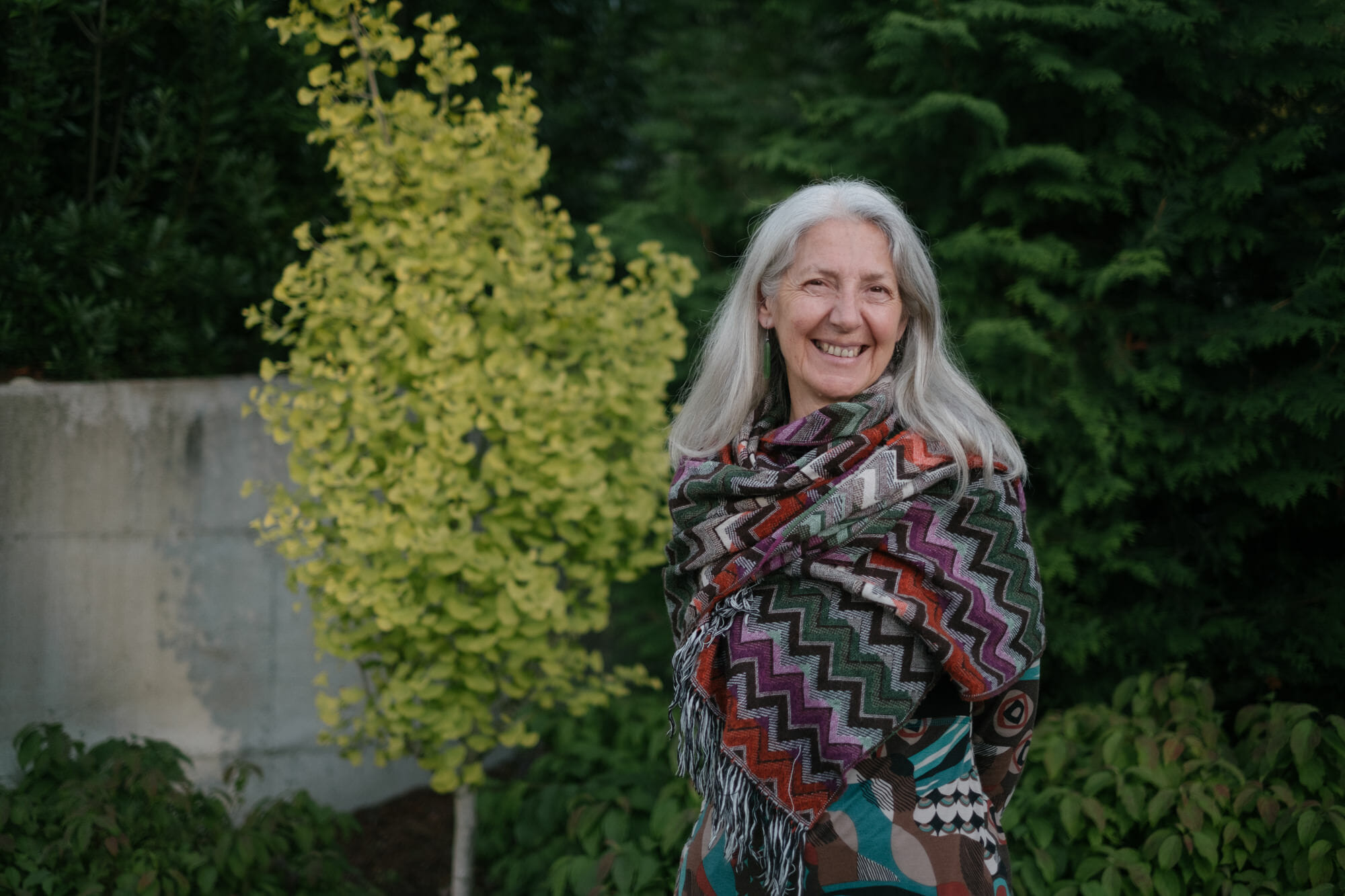
Worldview
How does Buddhist philosophy and practices support the global challenges that we are facing ? From political polarization to climate change, understanding the nature of phenomena and having a sustainable personal response to these global challenges can make the difference between apathy and healthy engagement.
Learn how global issues are framed.
Retreats
While perpetually challenging within the constraints of a modern lifestyle marked by insufficient time and resources, the concept of a retreat as a vessel to deepen one’s practice remains a cornerstone of Buddhist philosophy. The opportunity to delve into the profound realms of study and meditation that a retreat affords serves as a tangible and experiential return on investment for one’s spiritual practice.
Learn the importance of this container.
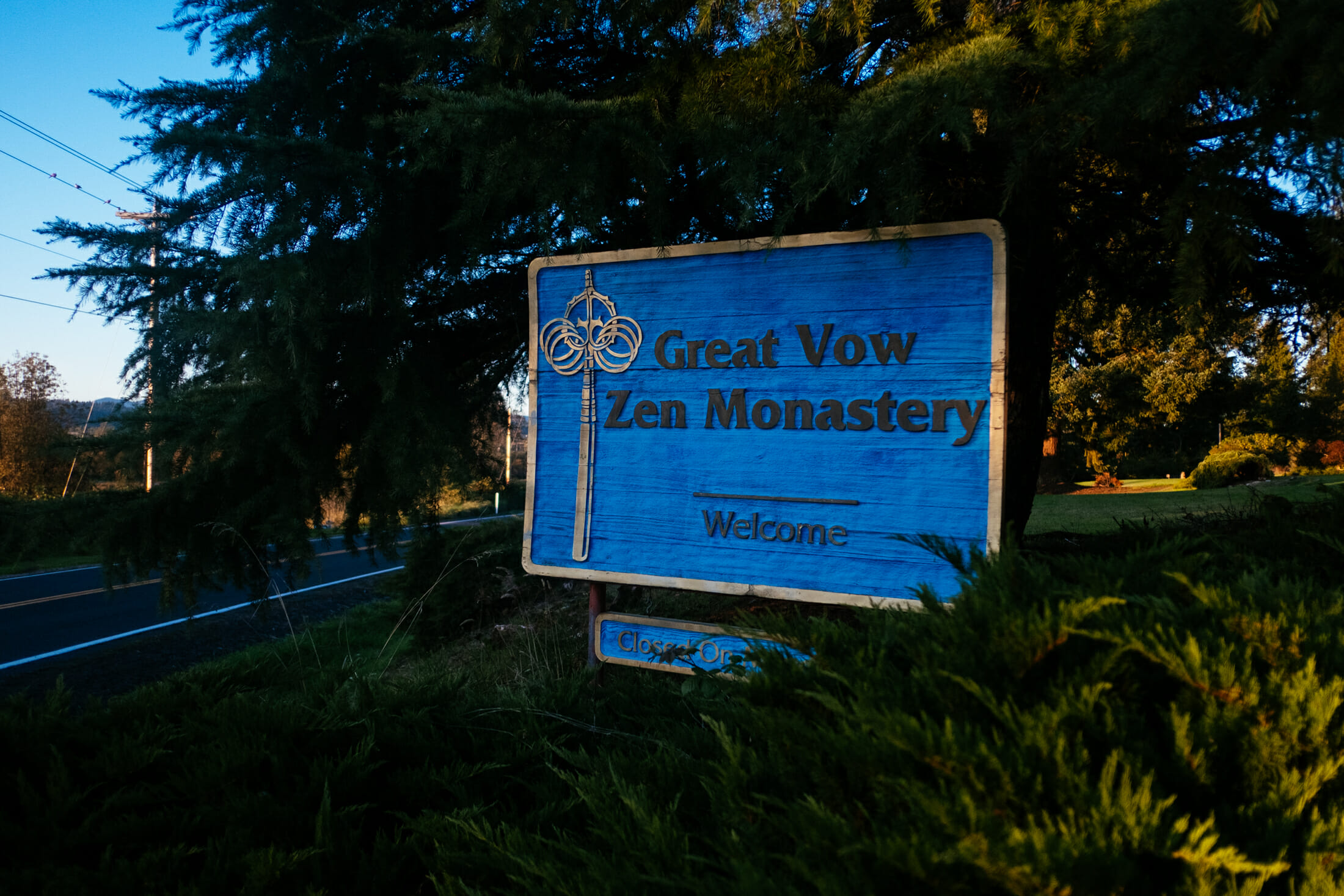

Death and Reincarnation
While not the most popular topic for contemplation, death and reincarnation are integral parts of the Buddhist canon. How practitioners navigate and engage with these subjects as part of their practice becomes a bridge that we all must cross. For many, discussing these matters within the context of the relative material world suffices. However, for others, delving into these subjects can represent the final and ultimate expression of their practice.
Learn about this important subject.
Enlightenment
The concept of enlightenment in Buddhism often faces challenges in translation, especially in the context of the modern landscape. Frequently, contemporary terminology used by some teachers refers to true liberation in both the relative and ultimate senses. How practitioners engage with and grapple with this concept becomes a pivotal part of their journey, offering a glimpse into the profound possibilities that unfold within the realm of enlightenment.
Learn about the possibility.
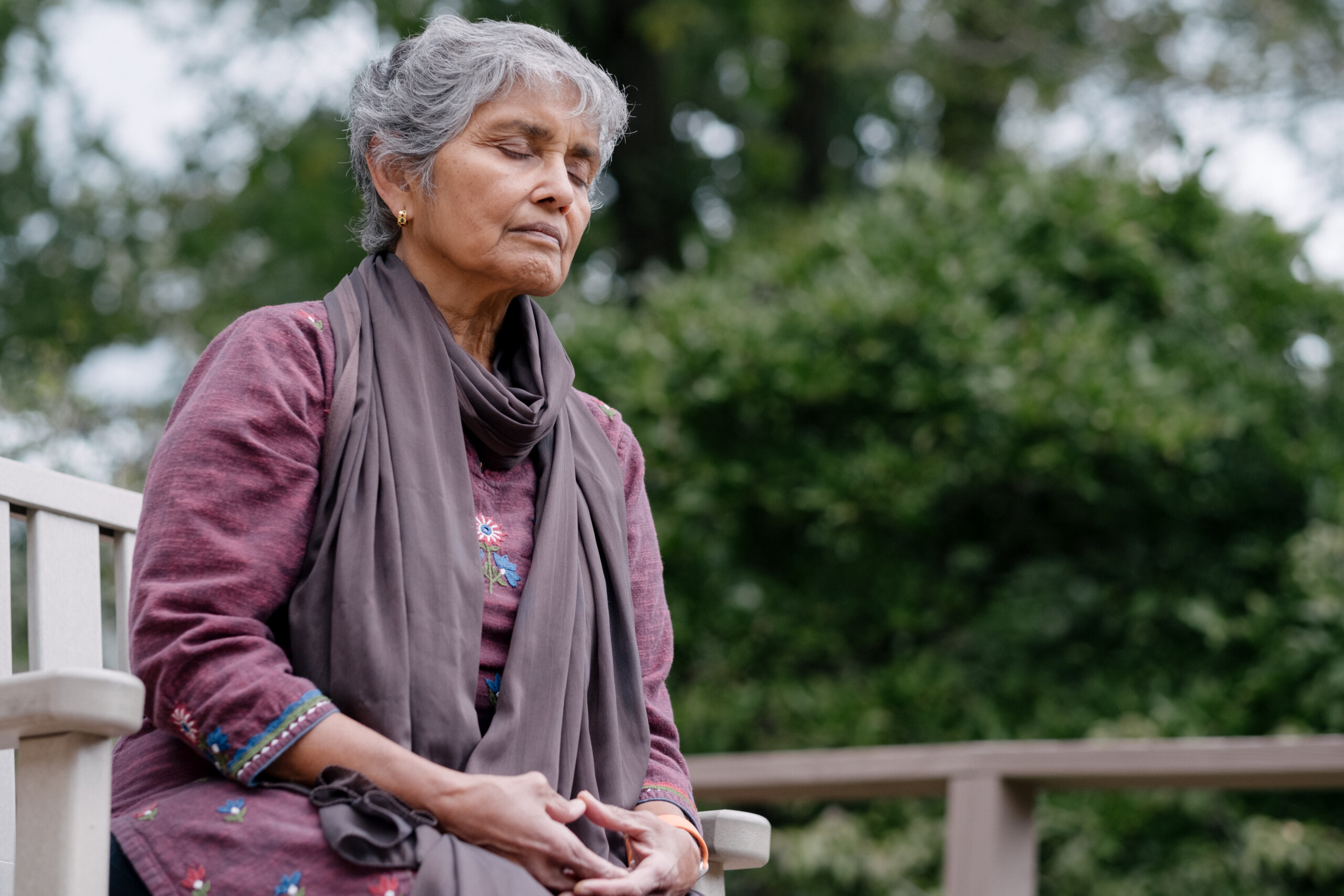
Practitioners with over 15 years of experience
Z
My first year of high school I attended an independent Episcopalian school that required us to take a course teaching “world history” and “world literature” as seen through the lens of the religious traditions of the world. The course was constructed explicitly as a rite of passage, and the challenges were so intense that every one of us was transformed by the experience.
Shinchok
As she reached the limits of her knowledge in Hinduism, Shinchok turned her attention to the Mahāmudrā, discovering that Buddhist teachings provided the answers she sought. Her desire for a genuine meditation master led her to a Buddhist center where she encountered the teachings of Je Tsongkhapa. Feeling a profound connection, she embraced Buddhism and its emphasis on devotion, recognizing it as a path to crack open her heart and discover her true self.
Rachel
My first exposure to dharma was during my undergraduate studies majoring in Philosophy/Asian Studies. However, this didn’t translate to a personal practice until a few years later when I lost two friends to suicide in a six-month period. The bereavement related to their deaths was so overwhelming that it forced me to seek out additional community and support.
Ani Lodro
And then at a certain point in around 30 years old, you know, I just was extremely unhappy and it seemed like I shouldn't be because I had, you know, done all the schooling and then gotten these good jobs and then was, you know, making money, which was supposed to be a really important thing, you know, in acquiring the assets. And and I was looking at my life and it just dawned on me that, Wow, you know what? I have all these things and I am actually very empty inside. I don't feel fulfilled.
Alex M
Growing up, my mother would take my brother and I to Chinese Buddhist Temples scattered around the Bay Area on a very sporadic basis. Usually, just a few times a hour, if that. I wouldn’t say that I was introduced to the dharma per se then, but it does have a place in the memories of my childhood as an introduction to traditions and ritual.
Albert
Albert recalls his first experience walking into the Buddhist Temple of Chicago, describing the imposing yet intricately designed doors that symbolized the beginning of his journey. Upon entering, he was struck by the diverse and down-to-earth community, challenging his expectations of a predominantly Asian congregation. The fact that the reverend was a female resonated with Albert, emphasizing the equal respect in Buddhism. Curiosity led Albert to explore the temple's teachings, appreciating the absence of emotional manipulation and the focus on understanding oneself and fostering interconnectedness. The chants, like the golden chain, and the absence of labels provided a liberating experience. Albert delved into Buddhism's varied forms, including Pure Land Buddhism, which allowed him the freedom to be himself and practice responsibility without conforming to specific rules.
Rigzin
At 19 I was finishing my second year of college. I was studying fine art photography. One of my professors was very scholarly and her class was very challenging. I was always looking to be challenged. Her subject was East Indian Art. My boyfriend at the time was graduating. He was/is Japanese American and had grown up always being a minority, and wanted to experience being in a place where he was in the majority. We couldn’t afford to travel in Japan, so he chose India. It was about 1980… I took the year off from school. We were serious budget travelers, 3rd class all the way….
Indigo
I was more connected to the teacher than the teaching at first. I had a vision of a teacher, in the way you generate a visualization of a deity during some Vajrayana practices, while the lines of “Crying to the Guru from afar” started playing in my head. I had only ever read the text once, so was quite surprised to learn that I had memorized it.

